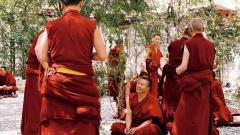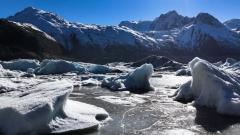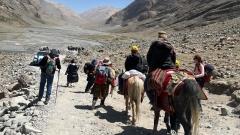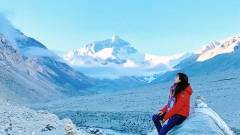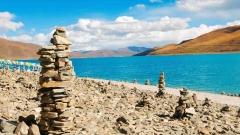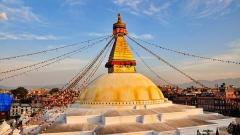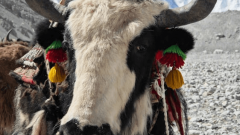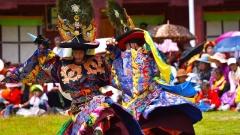Long before Edmund Hillary stood atop the world’s highest peak, he was just a shy, lanky boy growing up in the quiet suburbs of Auckland, New Zealand. Yet, on May 29, 1953, Hillary changed the course of mountaineering history when he and Tenzing Norgay, a seasoned Sherpa climber, became the first confirmed humans to reach the summit of Mount Everest.
A Quiet Boy with a Big Dream
Born in 1919 in Auckland, Hillary was the son of a quiet, working-class family. His father was a beekeeper, and Hillary often helped with the hives — a job that required patience, attention to detail, and a tolerance for discomfort, traits that would serve him well in the mountains.
He was not a naturally athletic child. He described himself as “gangly and uncoordinated,” more interested in books than sports. But at the age of 16, everything changed. During a school expedition to Tongariro National Park, Hillary experienced snow for the first time and was immediately captivated by its cold, silent beauty. That trip planted a seed that would grow into a lifelong passion for climbing.
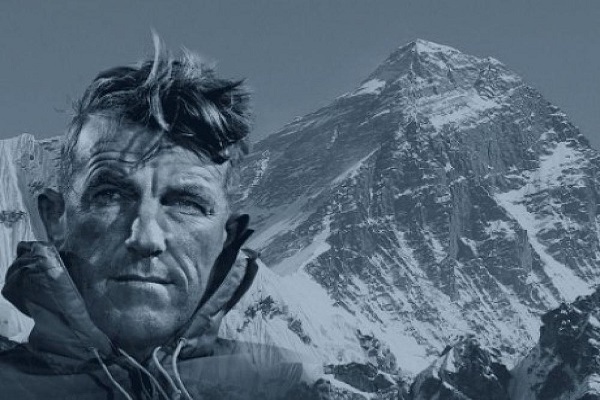
Edmund Hillary
Training for Greatness in the Southern Alps
After serving as a navigator in the Royal New Zealand Air Force during World War II, Hillary turned his attention back to the mountains. He joined the New Zealand Alpine Club and began rigorously training in the Southern Alps.
Over the years, he honed his skills on ice and rock, climbing in both summer and winter. These were not mere weekend hobbies — Hillary treated each climb as a serious training mission. Every ascent was a lesson, every challenge a preparation for something greater.
By the early 1950s, Hillary had already gained recognition within the mountaineering community for his discipline and courage. He was ready for Everest.
The 1953 British Expedition: A Historic Climb Begins
The world had long been fascinated with Mount Everest, known in Tibetan as “Chomolungma” — the Goddess Mother of the World. Since the early 20th century, numerous attempts had been made to conquer its peak, but all had failed, some ending in tragedy.
In 1953, a well-organized British expedition was launched under the leadership of John Hunt. Hillary was selected as a key climber, and Tenzing Norgay, an experienced Sherpa from Nepal, was chosen as his climbing partner.
On May 29, after weeks of grueling ascent through freezing temperatures, blinding snow, and perilous terrain, Hillary and Norgay launched their final push from South Col, the last major camp before the summit.
At 11:30 AM, the two men stood atop the world — at an elevation of 8,848 meters (29,029 feet) — and history was made.
15 Minutes at the Roof of the World
They didn’t spend long at the summit — just around 15 minutes — but the moment was unforgettable. Hillary snapped a photo of Norgay holding an ice axe adorned with flags from Britain, India, Nepal, and the United Nations. Norgay, in turn, dug a small hole in the snow and offered sweets as a traditional Buddhist gesture of thanks to the mountain. Hillary placed a small crucifix, a token from expedition leader John Hunt.
Interestingly, there is no photo of Hillary at the summit. Norgay, unfamiliar with camera operation, was unable to take a picture of his partner. This missing image sparked decades of speculation over who actually reached the top first. However, in his autobiography “High Adventure,” Hillary later clarified that he had led the way and that Norgay followed him to the summit, emphasizing their teamwork rather than individual glory.
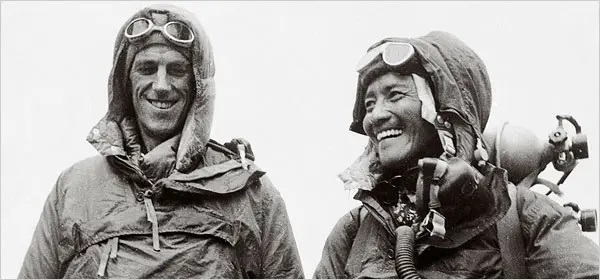
Hillary and Norgay
Hero Returns – Hillary and Norgay
The news of their success electrified the world. In an era before satellite phones and social media, such achievements traveled slowly, but with incredible impact. Hillary and Norgay were immediately hailed as heroes. Upon returning to Britain, Hillary was knighted by Queen Elizabeth II.
Yet fame never seemed to change him. Hillary remained grounded — literally. He continued working in his family’s beekeeping business during off-seasons and rarely sought the spotlight.
Beyond Everest: Exploring the Ends of the Earth
For many, climbing Mount Everest would have been the peak — pun intended — of their life’s accomplishments. But not for Hillary. His restless spirit led him on many more adventures.
Between 1955 and 1958, he led the Commonwealth Trans-Antarctic Expedition, becoming the first person since Roald Amundsen and Robert Falcon Scott to reach the South Pole overland — this time using modified tractors rather than sled dogs.
Later, he joined Arctic expeditions and explored the North Pole, making him the first human to stand at all three geographic extremes: Everest, the South Pole, and the North Pole.
He also made a pilgrimage to the source of the Yangtze River in Qinghai Province, China, further demonstrating his love for remote, uncharted territories.
Humanitarian Work and Legacy
Perhaps more admirable than his achievements in exploration was Hillary’s lifelong dedication to the Sherpa people of Nepal. Moved by their hospitality and hard lives, he founded the Himalayan Trust in 1960. Over the decades, the organization built schools, hospitals, bridges, and airstrips across remote Himalayan villages.
Hillary’s efforts went far beyond charity — he forged deep friendships and respect with local communities. To them, he wasn’t just a climber or a foreign donor; he was a brother.
Death and Immortalization
Sir Edmund Hillary passed away in 2008 at the age of 88, but his legacy remains as towering as Everest itself. Statues, airports, schools, and even currency in New Zealand honor his name and image. His humility, courage, and unbreakable willpower continue to inspire adventurers and dreamers worldwide.
Why Edmund Hillary Still Inspires Modern-Day Travelers
In a world dominated by GPS navigation and digital maps, Hillary’s story reminds us that the greatest journeys begin with curiosity, courage, and perseverance. His life is proof that you don’t need to be born a hero — you can grow into greatness through discipline and passion.
For today’s adventurers, retracing his footsteps is more accessible than ever. While scaling Everest remains a formidable challenge, many travelers find inspiration in Tibet and the Himalayan region, where nature, spirituality, and adventure converge.
Follow the Path of Legends with China Dragon Travel
If Hillary’s story has ignited your sense of adventure, consider exploring the breathtaking landscapes of the Himalayas, Tibet, and Nepal with experienced guides who understand the region deeply.
China Dragon Travel offers tailor-made journeys to some of the most awe-inspiring locations on Earth — from Everest Base Camp and Mount Kailash to the remote lakes and cultural treasures of Tibet. Whether you’re chasing your own summit or simply seeking tranquility in the shadow of giants, our expert-led tours ensure a safe, enriching, and unforgettable experience.
Let us help you write your own adventure — just like Edmund Hillary did.




